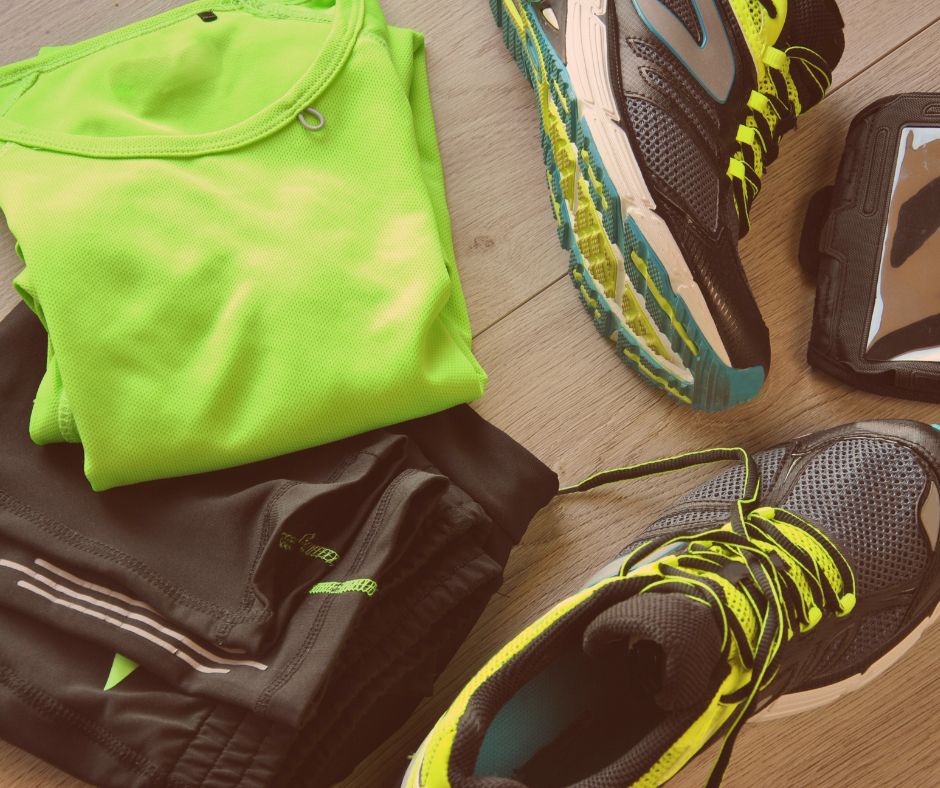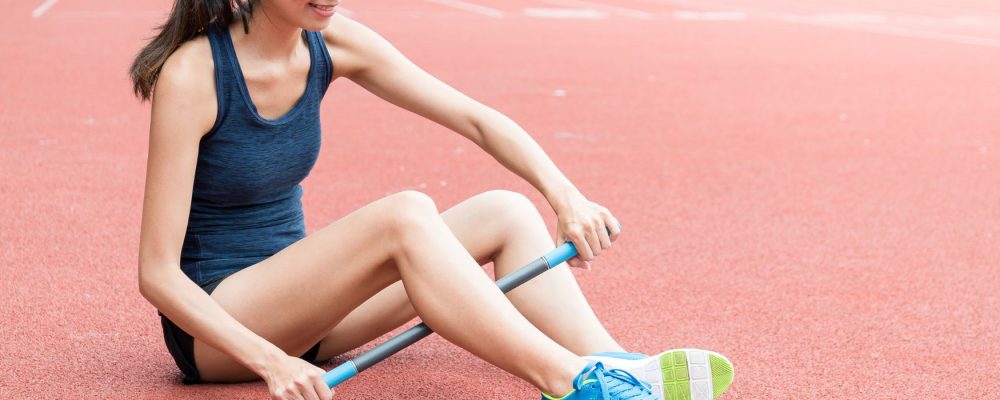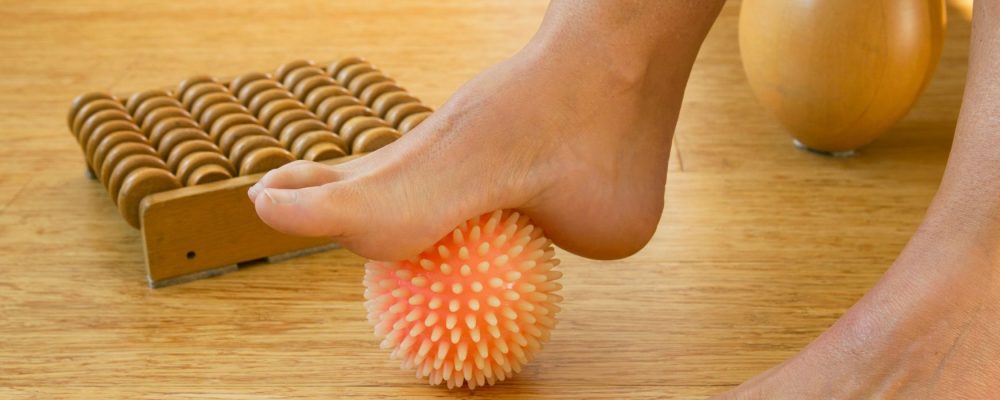Running Equipment: what all runners should have!
Let’s face it, as this year’s London Marathon creeps ever closer, there are no shortcuts to making it a personal triumph. It’s going to take hard work, a lot of sacrifice and a fair amount of sweat. However, with such a mountain to climb, it pays to give yourself every edge to help you maximize your chances of success.
In this blog, we will explore the equipment you might need during your training and on the big day. It’s important to re-emphasise that staying injury-free is half the battle of successfully completing the marathon. And making sure that you are properly equipped is an essential part of winning that battle.
Equipment
Equipping yourself properly brings with it a myriad of benefits. It makes your running experience more pleasant, comfortable and enjoyable. That in turn helps you keep motivated through the cold and darkness of these remaining winter months. But in addition, there are items of equipment that will actually make your training more effective and productive, too.
That is to say, there’s no need to splash out on numerous excessive and unnecessary gizmos. However, there are certain items that are well worth the investment. Let’s take a closer look…
Shoes

As we mentioned in a previous blog about foot injuries in runners, the feet take an absolute hammering throughout the period of training for, and the running of, the London Marathon. If there is one item of clothing that you absolutely cannot compromise on, it’s your running shoes.
Are the pair you have currently fit for purpose?
Even if you bought a good quality pair at the beginning of your training, you need to be confident that they continue to provide you with adequate support. As a general rule of thumb, running shoes should be replaced roughly every 500 miles. But to give you a quick indication of what state they are in, press your thumb into the midsole of the shoe. It should offer plenty of cushioning with some give. If it feels leathery and inflexible, the shoes need renewing. The body of the shoe material should be strong and in good condition, to hold your foot in a neutral position. If it’s worn or slack, you are more likely to go over on your foot.
Also check the heel of the shoe. It should be even on both sides to offer proper support and balance. If the heel looks worn down it won’t be giving you enough shock absorption. Novice runners tend to land quite heavily on the heel, so support in that area is vital.
You need to consider the likely state of your shoes on the day of the marathon itself. It’s not a good idea to buy a new pair of running shoes too close to the event. They need to be worn-in a little for maximum comfort, and to minimize blistering.
Clothing
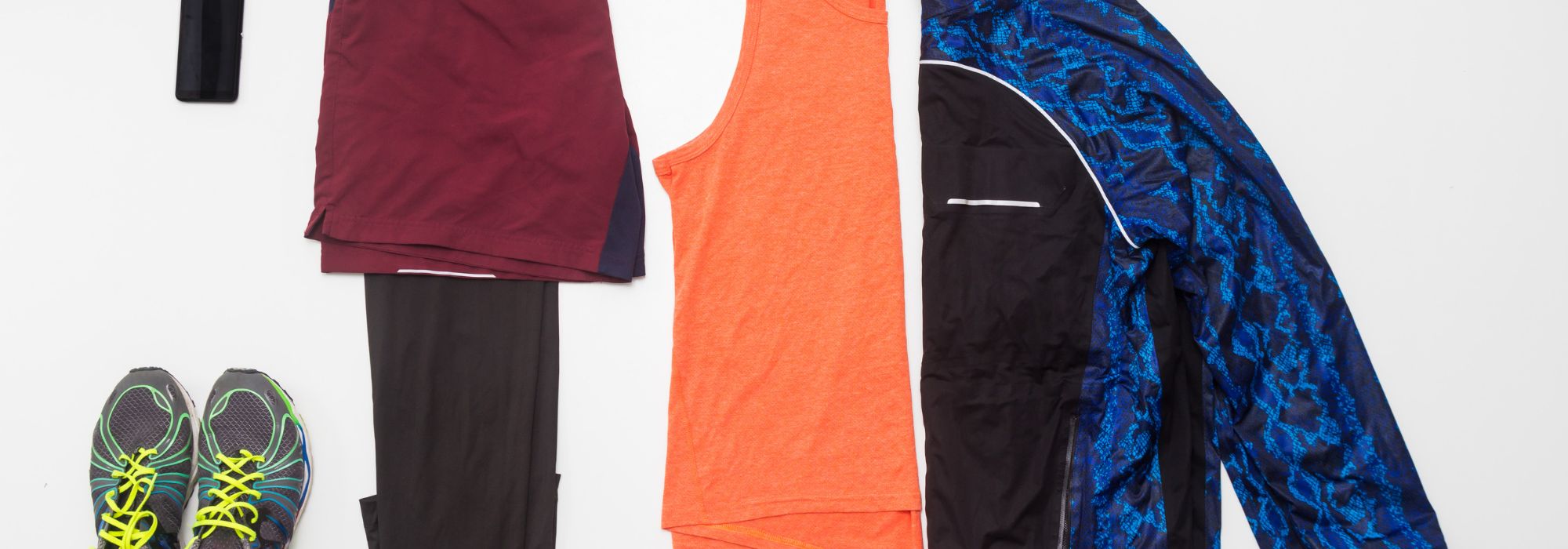
Next, you need to think about the quality of your running clothes. Up to now, when most of your runs have probably been relatively short, it’s possible to get by with cobbled together sports clothing. But as you start to up the mileage quite considerably over the coming weeks, you will need clothes that offer maximum comfort.
First, as your running mileage increases, it will become harder to regulate your body temperature. To help you stay at a comfortable temperature, it’s better to wear a few thin layers that you can add and subtract. So try to avoid bulky t-shirts or sweatshirts.
And to avoid getting a chill, you need to try and keep your skin as dry as possible. Crucially, you need a base layer that keeps the moisture away from your skin as you sweat. This is known as moisture-wicking. Good quality brands such as Decathlon, Adidas, New Balance, Fruit of the Loom, and North Face have tops, shorts and socks all designed with moisture wicking properties.
There are also some other items of clothing that are worth considering. Look to buy some proper running gloves. They make it quicker and easier to tie up your laces should they come undone during your run. And make sure you have reflective strips or reflective clothing. You will be running in the dark, or at the very least pretty gloomy conditions, and you need to be seen!
A good quality head torch is also useful. It certainly helps to know where your feet are landing.
Foam roller
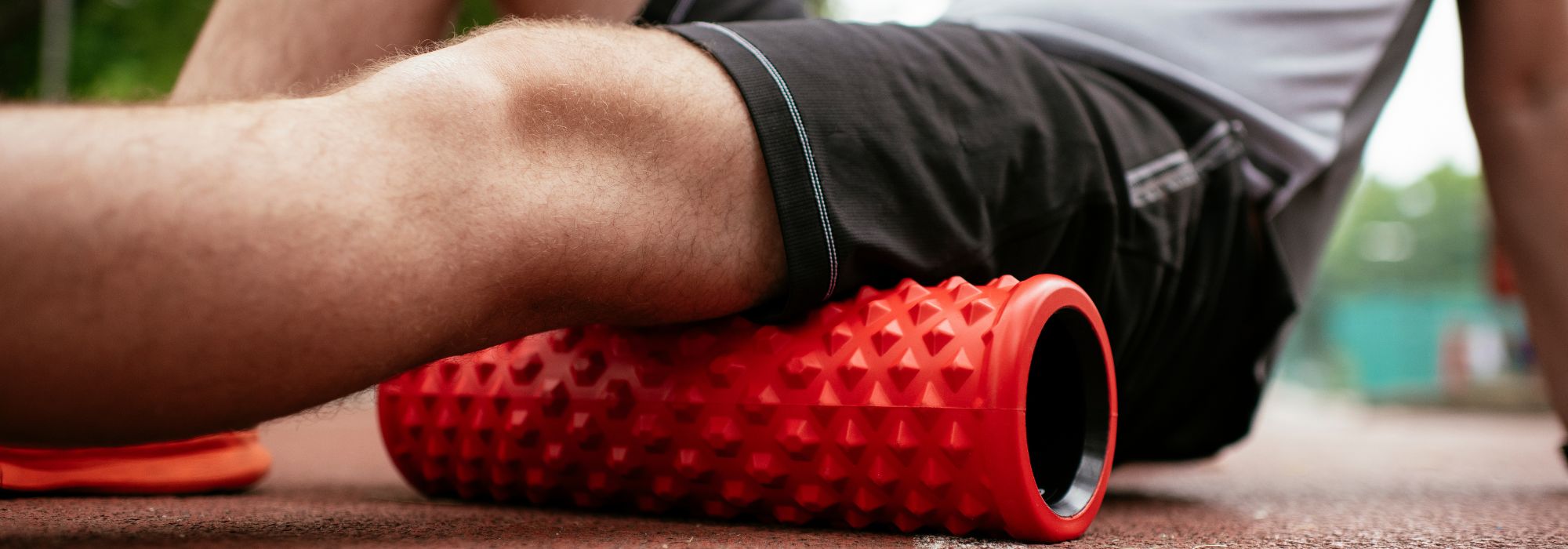
Over the years, a number of ingenious and inexpensive devises have come on to the market that are great for helping runners look after their bodies.
An indispensable aid for runners is the foam roller. It can be used on the back, glutes, legs and hips. You use your own body weight to create pressure and effectively give yourself a rudimentary soft-tissue massage. Foam rolling improves circulation, and is a great way to iron out knots and tight spots. By loosening muscles, you also increase your range of movement.
Foam rollers can be used before and after your run. They can also double up as a useful prop for balance exercises and core training. As part of your warm-up, foam rolling helps increase oxygenated blood flow to your muscles, so you’re less likely to get muscle fatigue during the actual run. Then during your cool-down routine, they help stretch out aching muscles, assisting with recovery and preventing injury.
To use, start by rolling the relevant part of your body over the roller once slowly. When you find a tender spot, roll back and forth on it until you feel it soften or release. Although this can sometimes be a little painful, the advantages tend to outweigh any discomfort. However, if in any doubt (or significant pain), and to maximise the benefits, it helps to get expert advice on how best to use them. Contact us or your own sports therapist/ physiotherapist/osteopath for guidance.
Massage Sticks and Balls
Two areas of the body that often get tight in novice runners are the calves and the IT band. A great device for relieving tension in these areas is the massage stick. It’s easier to use than foam rollers and generally less painful. And it’s a great tool for everyday maintenance. Another fabulous piece of equipment is the spikey massage ball. You simply roll the bottom of your foot over it for a couple of minutes a day, and it helps relieve tension. It is particularly useful in guarding against and relieving conditions such as plantar fasciitis.
Terabandsh

Often used for strengthening and other exercises by physiotherapists, these are something you can work with at home. They help to improve your range of movement and coordination, and are great for helping to stretch the thighs and calves in particular. They can also be used to strengthen smaller muscle groups.
Wobble Cushion
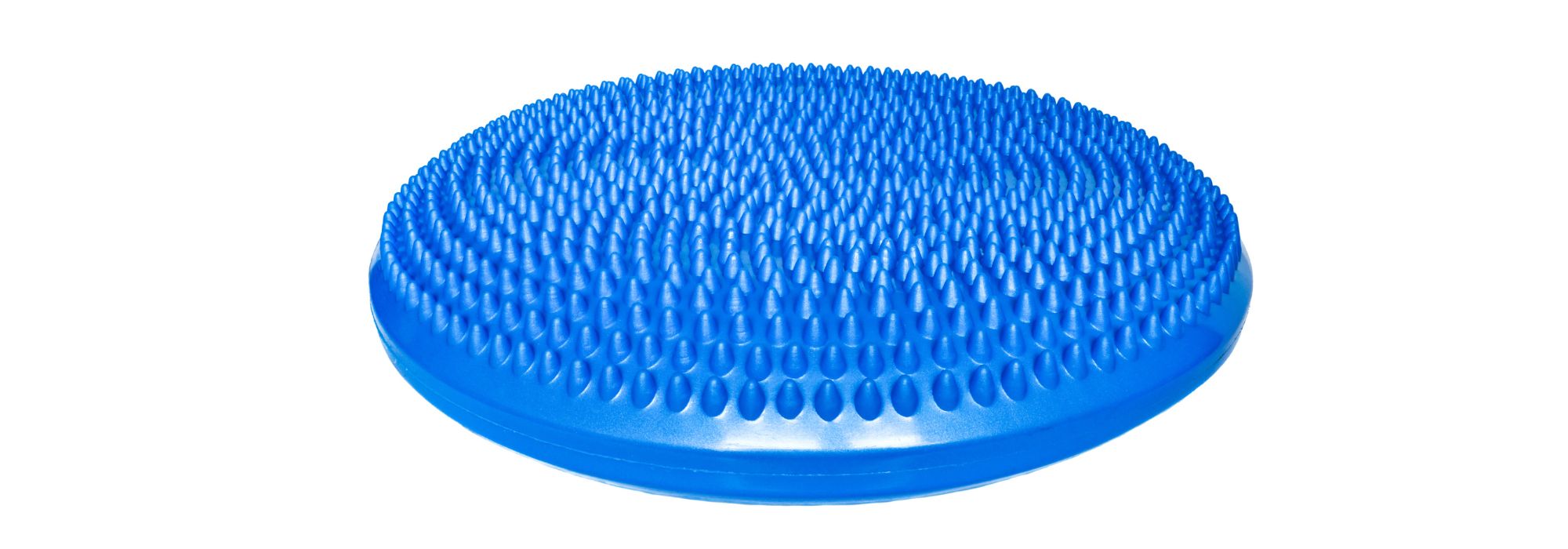
Another piece of equipment that comes highly recommended is the wobble cushion. It’s great for challenging your balance and conditioning the smaller muscles that stabilize the ankle. The importance of which we will highlight in our blog Common ankle injuries in runners.
We hope this information is useful for you. If you need advice or have any questions about our treatments, please contact us. You can find us in Mill Hill Broadway and Islington. We are always happy to help. If you like this blog, please share!

